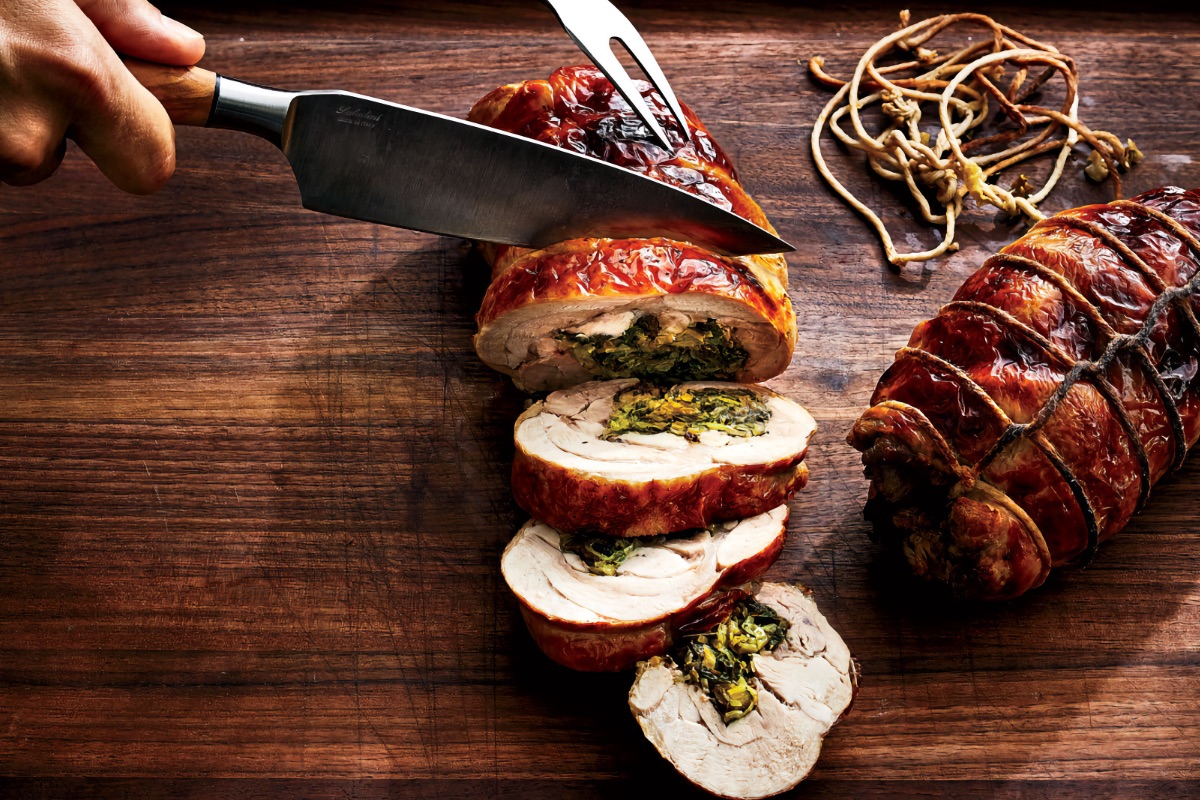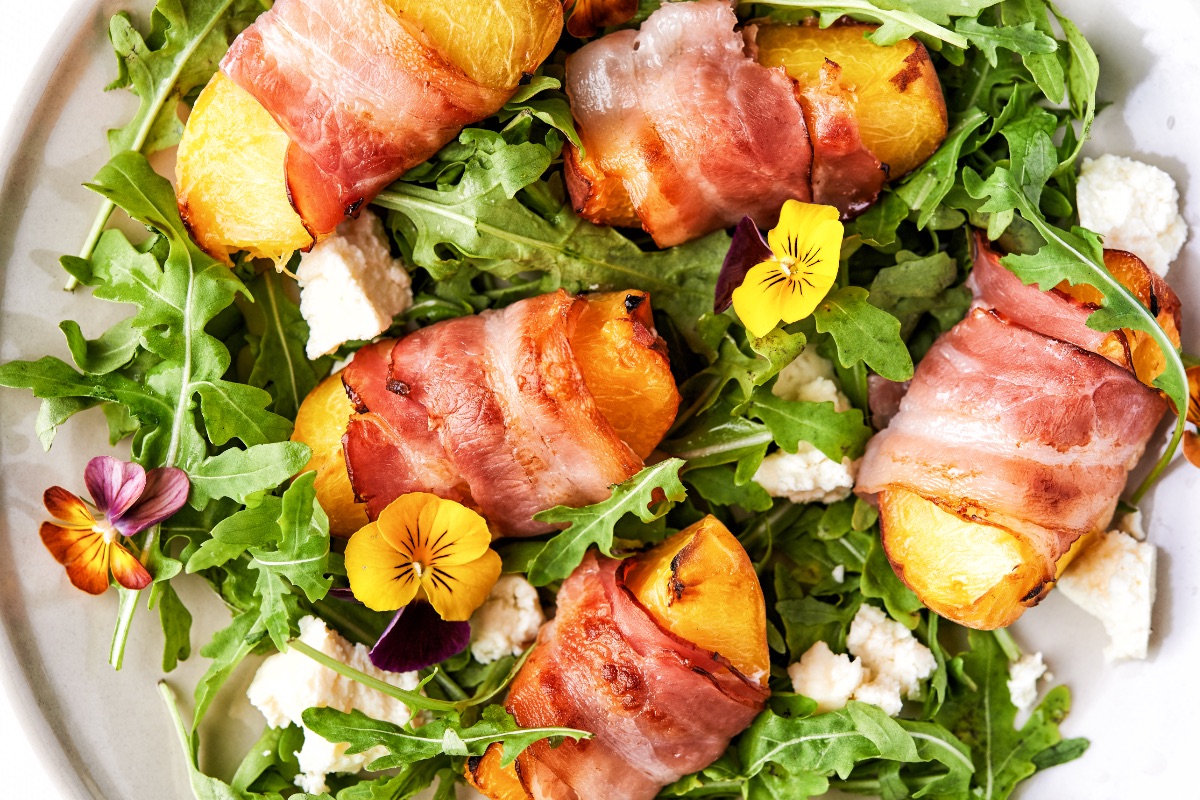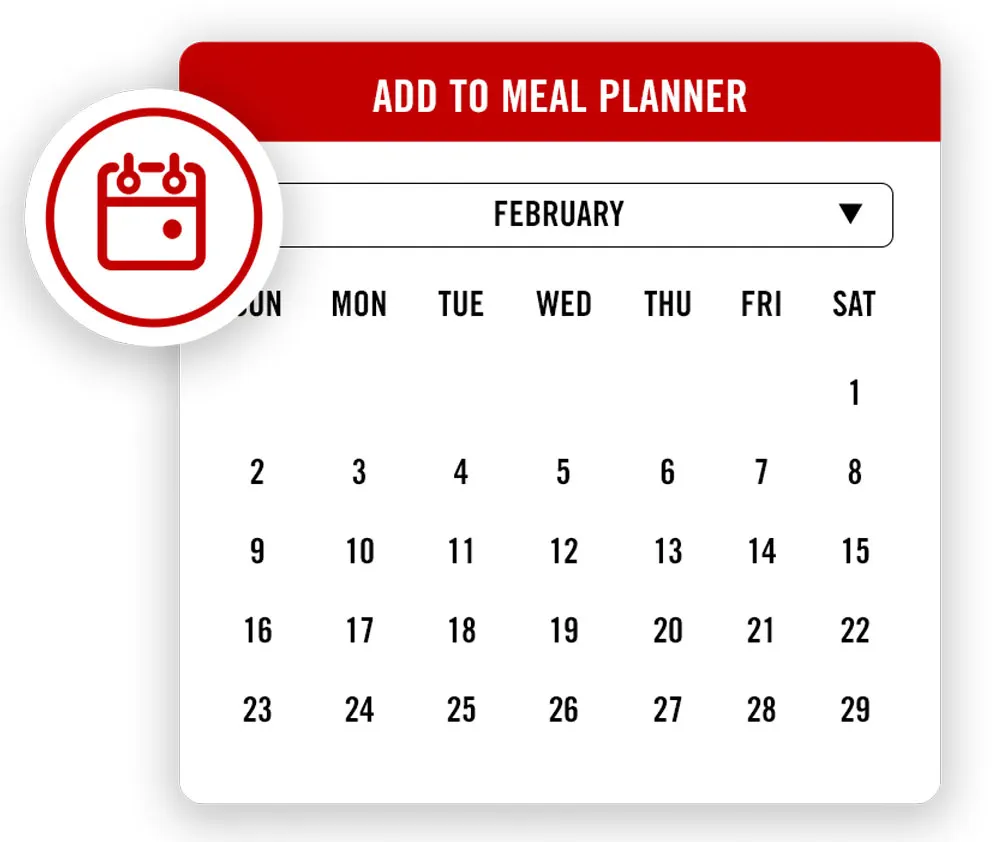Spices and herbs are the easiest way to elevate any meal, and pre-ground spices are the easiest way to infuse your dish with flavor. But taking a few moments to grind your own spices can amp up the intensity even more.
That’s because herbs, spices and other aromatics get a significant part of their flavor from essential oils and flavor compounds. Unfortunately, long periods of exposure to air, heat or moisture can degrade these oils and compounds, subduing the flavor over time.
Grinding your own spices lets you skip the storage and use your seasonings when they’re at their freshest for the best flavor. And, it’s easier than you think. Here’s how to grind your own spices, with conversions for staple seasonings, and tips to keep your newly ground spices tasting fresh.
How to grind your own spices
When it comes to grinding spices, you’ve got a few options:
-
Spice grinder: If you’re looking for an easy and intuitive option, and you don’t mind picking up an extra appliance, a spice grinder makes it easy to DIY ground spices.
-
Mortar and pestle: This old-school method uses old fashioned elbow grease to grind, mash and muddle aromatics. It’s excellent for combining wet and dry aromatics — such as fresh garlic with dried chilis — into seasoning pastes. And, because you’re grinding spices by hand, you can easily opt for a coarser or finer grind.
-
High-speed blender: Making a sizeable batch of ground spices or seasoning blends? Try a high-speed blender. It can process fairly large batches, which may make it the best option for grinding your favorite staple spices, or when you need large batches for gifting.
-
Coffee grinder: Your coffee grinder can also double as a spice grinder. It works similarly to a high-speed blender, but manages smaller batches of seasonings for everyday cooking.
Spice conversion chart
Use the following conversions to grind the right amount of seasonings.
-
Allspice: 1 teaspoon allspice berries (5 whole berries) = 1 teaspoon ground allspice
-
Basil: 2 teaspoons fresh = 1 teaspoon dried = 1/2 teaspoon ground
-
Bay Leaf: 1 leaf fresh = 1 leaf dried = 1/4 teaspoon ground
-
Black Pepper: 1 teaspoon peppercorns = 1 1/2 teaspoons ground pepper
-
Cardamom: Approximately 12 pods, dehusked = 1 teaspoon ground cardamom
-
Chili Powder: 1 fresh chili = 1 teaspoon ground
-
Cilantro: 1 tablespoon fresh = 1 teaspoon dried
-
Cinnamon: One 1 1/2-inch (4-centimeter) stick = 1 teaspoon ground cinnamon powder
-
Cloves: 3 whole = 1/4 teaspoon ground
-
Coriander: 1 teaspoon coriander seeds = 1 1/4 teaspoons ground coriander
-
Cumin: 1 teaspoon cumin seeds = 1 1/4 teaspoons ground cumin
-
Dill: 1 tablespoon fresh = 1 teaspoon dried = 1/2 teaspoon ground
-
Fennel: 1 teaspoon fennel seeds = 1 1/4 teaspoon ground fennel
-
Garlic: 1 clove fresh = 1/8 teaspoon ground
-
Ginger: 1 teaspoon grated fresh = 1/4 teaspoon ground
-
Mustard Seeds: 1 teaspoon mustard seeds = 1 1/2 teaspoons ground mustard
-
Nutmeg: 1/2 nutmeg = 1 teaspoon ground nutmeg
-
Oregano: 1 tablespoon fresh = 1 teaspoon dried
-
Parsley: 2 teaspoons fresh = 1 teaspoon dried = 1/2 teaspoon ground
-
Rosemary: 1 tablespoon fresh = 1 teaspoon dried
-
Sage: 2 teaspoons fresh = 1 teaspoon dried = 1/2 teaspoon ground
-
Star Anise: 1 whole star = 1/2 teaspoon ground
-
Turmeric:
-
1 tablespoon fresh turmeric = 1 teaspoon ground
-
1-inch fresh root = 1 teaspoon ground
-
-
Thyme: 1 tablespoon fresh = 1 teaspoon dried
-
Vanilla Bean: 1 whole bean = 1 tablespoon vanilla extract = 1 tablespoon vanilla paste
How to store freshly-ground spices
Store freshly ground seasonings in airtight containers in a cool, dark place — like your spice drawer. Limit access to sun exposure, since this can speed the breakdown of flavor compounds. If you’re planning for longer-term storage, consider vacuum-sealing your spices to store in a cool, dry place. Vacuum sealing helps minimize exposure to oxygen, prolonging the spices’ shelf life to a year or more.







